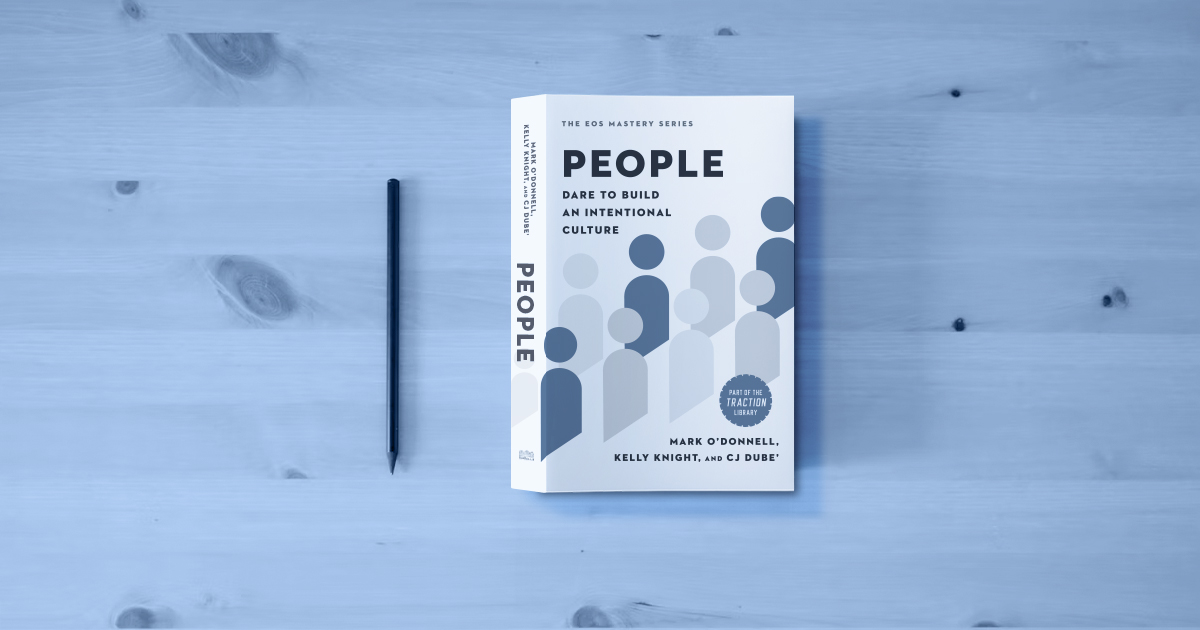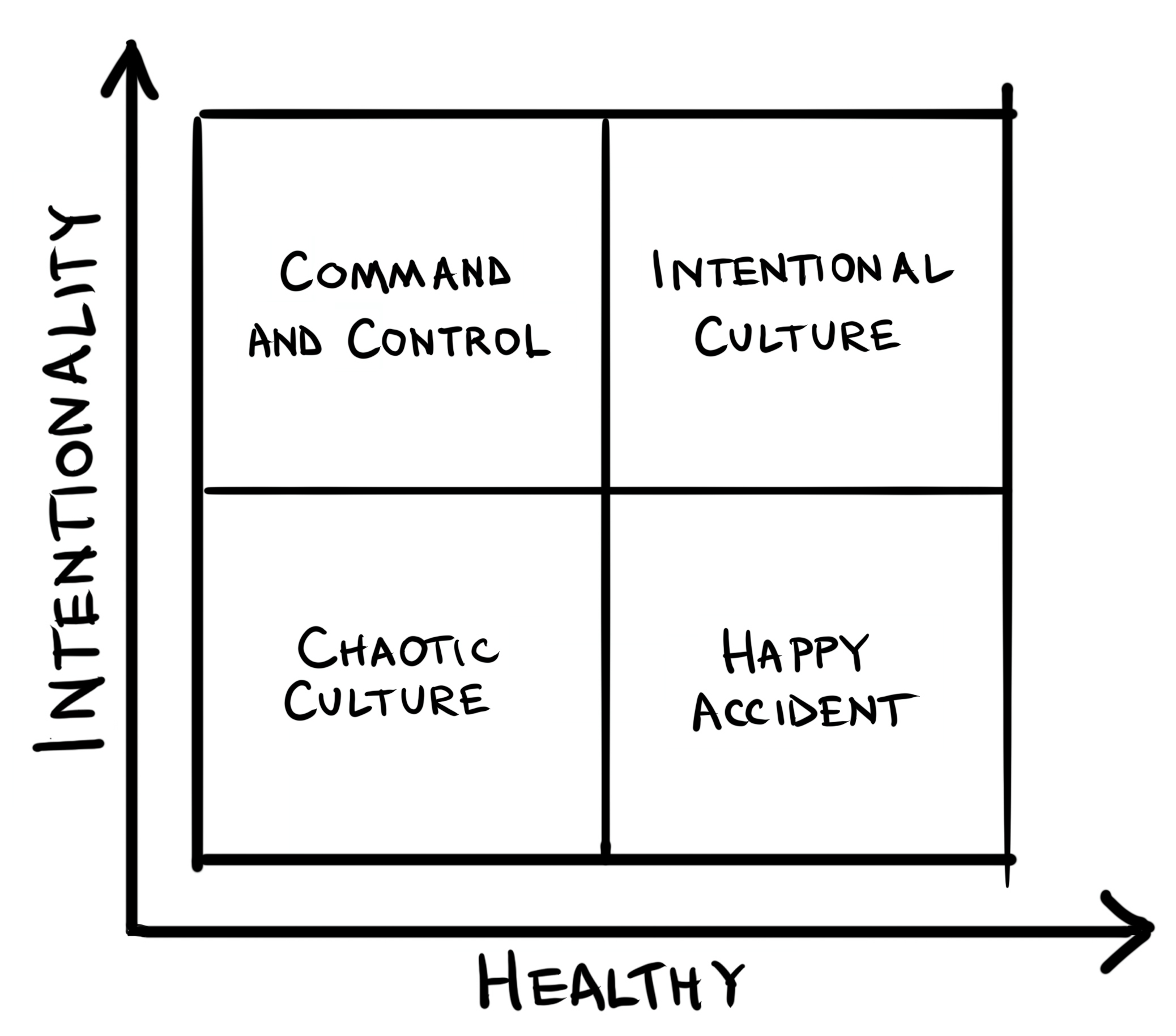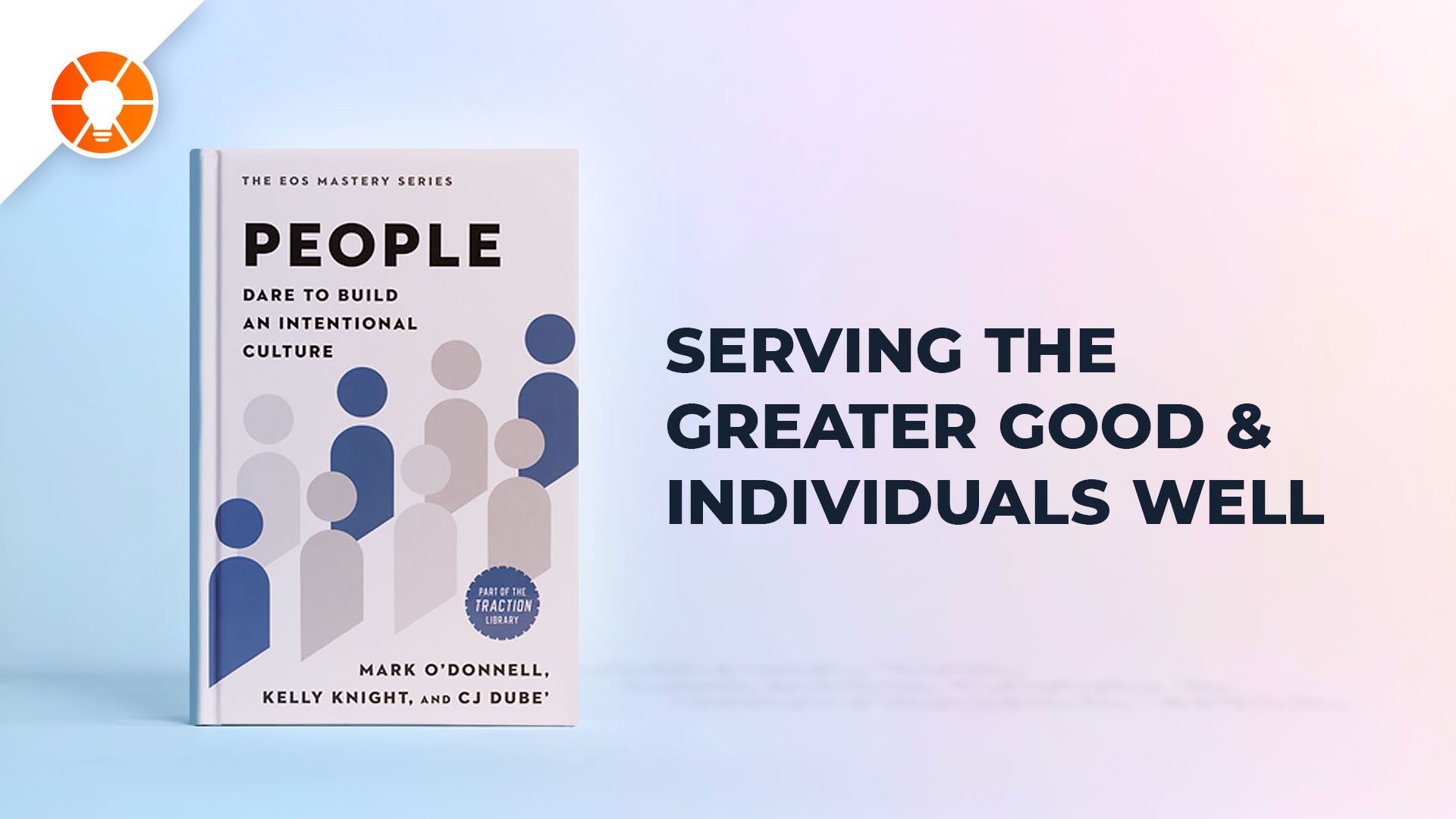
Every business has a culture, and it sometimes doesn’t look like what its leaders think it does. Company cultures tend to fall into four main categories: command and control, chaotic, happy accident, and, finally, intentional. In our new book, People, we break these down into what we call The Culture Quadrant. Below is a quick explanation.
Command and Control Culture
A Command and Control culture is a kind of intentional culture, but it’s built around fear and control. One person or a small group on the leadership team calls the shots. Their decisions are gospel, and dissent is not tolerated.
These cultures are transactional, and people are treated like interchangeable parts. The tone of the entire business is usually rife with gossip, high turnover, and scared people (hello, Sunday Scaries!). Younger generations of workers simply will not tolerate these cultures.
Chaotic Culture
This is quite possibly the most confusing quadrant; there is no one vibe here. No one spends any time or intention developing one either.
Energy flows in random directions because everyone does their own thing, regardless of how it impacts other teams. You’ll see a lot of siloing behavior, and people spend a lot of time doing things in different ways across the organization.
Things are painful for everyone involved. It’s unproductive, miserable, and unpredictable, and it feels unhealthy to operate in this environment.

Happy Accident Culture
A happy accident culture is exactly how it sounds. You have a great team culture, but you didn’t build it on purpose. If you live in a Happy Accident culture, you’re lucky. But the thing about luck is that it tends to run out at some point.
When adversity hits (and it always does), you cannot count on resiliency, and things can fall apart extremely quickly. Ultimately, a “Happy Accident” culture doesn’t stand the test of time and cannot scale as your company grows.
Intentional Culture
Finally, we have the intentional culture. The people all share a set of Core Values and focus on a common vision for the company. Everyone’s energy arrows point in the same direction, and they’re using their unique talents to advance the company’s goals.
Engagement and motivation are high because people see the value of their work. Leadership continually works to nurture an environment where their people feel valued, appreciated, and connected to the purpose of the business… and each other.
How to Build an Intentional Culture
Creating an intentional culture strengthens the People Component®, part of the Six Key Components™ of any business.
While each of the Six Key Components is vital to a healthy business, a strong argument can be made that the People Component is foundational to all others. You simply can’t get what you want from your business without great people.
By implementing the concepts we outline in People, you can foster a culture of curious, passionate people. They’ll pursue mastery, autonomy, and purpose while taking personal initiative and accountability in advancing your company’s vision.







